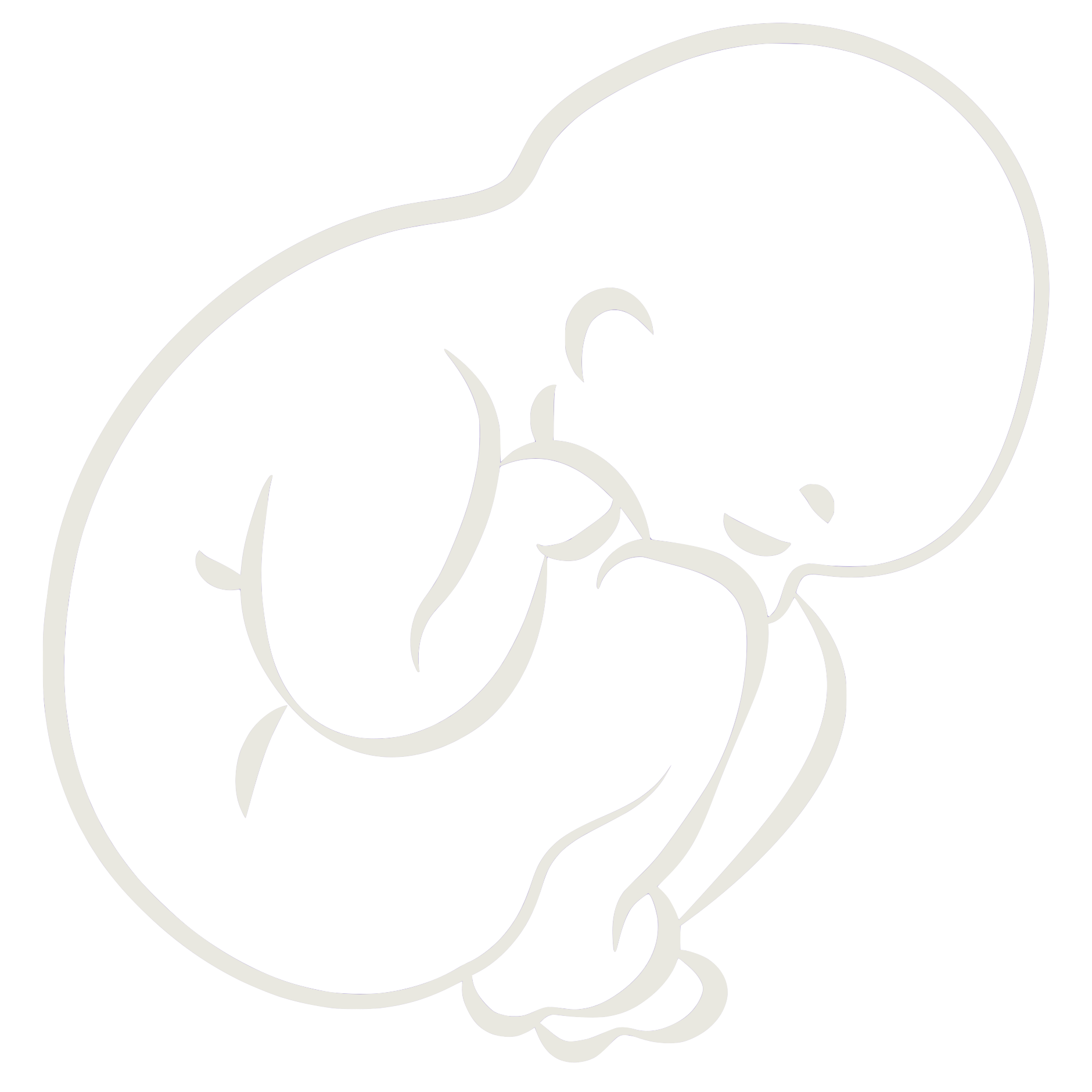
Despite a dramatic shift from home to facility-based births, birth attendants often do not adhere to practices known to reduce mortality, and mortality has not decreased as expected.
Article published in “The New England Journal of Medicine”
Globally, maternal mortality ranges from 3 to 1360 per 100,000 births, neonatal mortality from 0.95 to 40.6 per 1000 live births, and the rate of stillbirths from 1.2 to 56.3 per 1000 births, with low-income and middle-income countries having rates an order of magnitude higher than those in high-income regions.
Although there have been reductions in mortality in recent decades, there is substantial room for improvement. Despite a dramatic shift from home to facility-based births, birth attendants often do not adhere to practices known to reduce mortality, and mortality has not decreased as expected.
We conducted a matched-pair, cluster-randomized, controlled trial in government health facilities that received either the BetterBirth program, a coaching-based implementation of the WHO Safe Childbirth Checklist (60 facilities), or the existing standard of care (60 facilities). We have described the methods of the BetterBirth Trial, the BetterBirth intervention, and our data quality-assurance system elsewhere.
The trial protocol and statistical analysis plan are available with the full text of this article at NEJM.org. The trial sponsor (the Bill and Melinda Gates Foundation) reviewed the trial design and sample-size calculations but was not involved in data collection, management, analysis, or interpretation; the writing of the manuscript; or the decision to submit the manuscript for publication.
Women who were registered for labor and delivery — excluding women who delivered outside the facility, women who were referred from another facility, or women who were admitted for abortion — were eligible for the trial.
All 120 matched and randomly assigned facilities initiated the trial. During data collection, 2 facilities closed for renovations, halting enrollment prematurely for those facilities and their matched pairs.
Of the 163,939 women who were registered for labor and delivery (83,166 in the intervention group and 80,773 in the control group), 98.3% (161,107) were eligible for trial inclusion.
